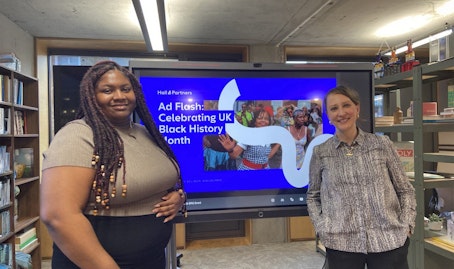Perspectives

It’s no longer just about game day. The Super Bowl ads are bigger than one day. It’s all about omnichannel, with teasers to capture the pre-game buzz and a flood of social media hype preceding it. So, whether Americans choose to interact with the most watched TV event of the year, the fact remains that they will inevitably be exposed to the advertising strategies surrounding it, making it even more important these highly anticipated TV ads, which incidentally cost an eye-watering $7 million for a 30-second spot, score a touchdown with consumers, rather than being kicked into touch and forgotten about.
For both established and newcomer brands, the Super Bowl offers a unique opportunity to capture millions of eyeballs. This year, those eyeballs numbered an average of 112 million across TV and streaming channels – just 2 million shy of the 2015 record when the New England Patriots and Seattle Seahawks went head-to-head.
You can’t deny that the Super Bowl offers value to advertisers, the TV networks, and viewers, but could viewing habits and sentiment towards the sporting spectacle be on the turn? And, are brands really getting the most ‘bang for their seven million bucks’?
Albeit a small sample, a recent poll of American consumers, conducted by Hall & Partners, discovered that only 12% were ‘really looking forward’ to watching Superbowl LVI. In fact, 60% said that in 2021, they deliberately chose to avoid watching the ads in-between gameplay, or when asked to recall which brands stood out most, said they couldn’t remember any specific ads, describing them as unmemorable.
However, despite the claimed malaise surrounding brands and associated TV ads, Americans single them out as the number one thing they find most interesting. When asked to rank the very best aspects of the Super Bowl, brand ads with interesting content scored highest (39%), followed by the half-time show (38%) and enjoying food and drinks (36%). Least popular were the stories surrounding the NFL teams, players and coaches (11%).
When asked to what degree consumers were eager to hear about what brands had to say this year, overall, 40% say they ‘couldn’t care less’. Some people were unable to recall where they typically see and hear about brands, stating that ‘it just happens if they are attention grabbing enough.’ What appears to be more important is how American viewers are engaged. This is the critical factor for brands to remain memorable.
And so, the Super Bowl remains a puzzling opportunity for brands today. Results suggests the Super Bowl alone is unable to grab the attention of American viewers, as they no longer see themselves as a captive audience for the game or the TV ads. Nevertheless, they remain a significantly large and important audience, with many experiencing brand content as the most entertaining part of the occasion.
In today’s hyper-fragmented media landscape these tensions highlight a shift in the meaning of this cultural event, from a captive audience to a volatile opportunity for engagement. Brands must aim to engage this audience in memorable and distinctive ways. And evidently, brands must focus their omnichannel efforts that simply grab people’s attention.
With insightful research data, brands can ensure their creative content remains relevant, authentic, and most importantly, distinctive, while avoiding wasting substantial sums of money on unmemorable advertising campaigns.
Only when this year’s confetti, glamour and hype settles and the crowds have dispersed from the Los Angeles SoFi Stadium, will we discover if the returns on such large investments will have been worth it.
Hall & Partners carried out an online quantitative study of 1,382 respondents based in the US based on an age range of 16-64 years.








